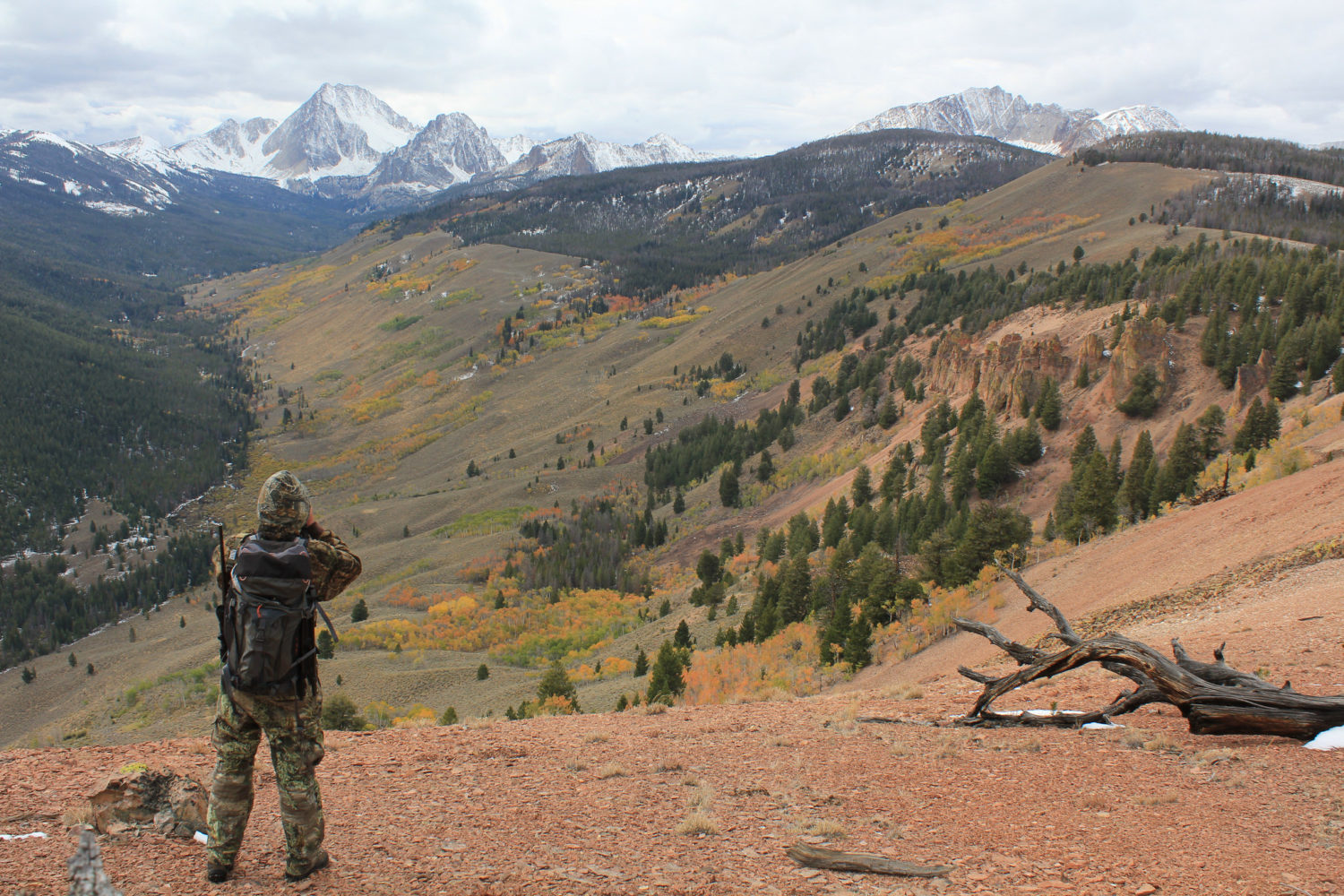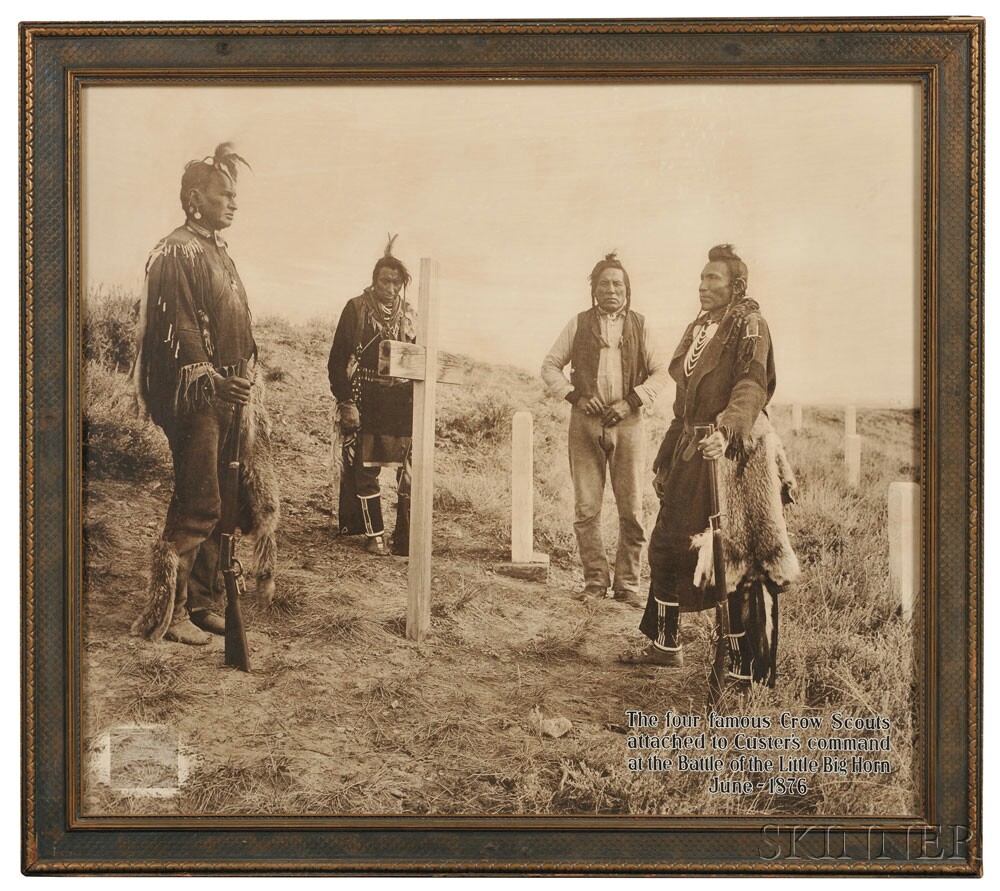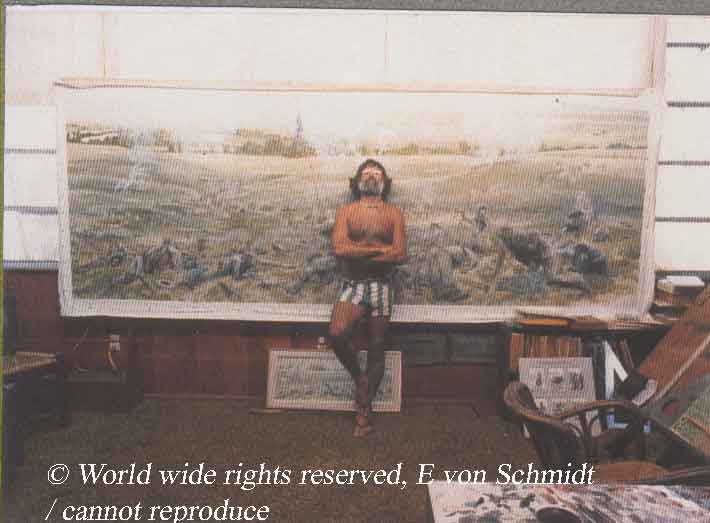
Once Again, Hunters and Anglers Are Willing to Spend More for the
Here Fell Custer An Autoethnography of a Painting By Norman K Denzin Book Custer on Canvas Edition 1st Edition First Published 2011 Imprint Routledge Pages 34 eBook ISBN 9781315430775 ABSTRACT Mr. Narrator, can you help me out? What do you want to show me? Speaker One: Narrator Thanks for the question, Coyote. It's pretty simple.

"Here Fell Custer", Eric von Schmidt Google Search Last stand
To create Where Custer Fell, authors James S. Brust, Brian C. Pohanka, and Sandy Barnard searched for elusive documents and photographs, made countless trips to the battlefield, and scrutinized all available sources. Each chapter begins with a concise, lively description of an episode in the battle.

AZUSA Post Card Here Custer Fell Custer Battlefield Battle of Little
The National Park Service has now selected "Here Fell Custer" as the official painting depicting the last stand in which five companies of the 7th Cavalry under the command of Lt. Col. George A. Custer fought to their deaths against warriors of the Sioux and Cheyenne nations.

Joseph's Blog for US History Who was Responsible for The Battle of
"Here Fell Custer'' was published in Smithsonian magazine with an accompanying article by Von Schmidt and is now on permanent exhibition in Wichita, Kansas. "Osceola and the Treaty of Renewal'' came next, then the most ambitious project of all, a 10-by-23-foot panorama of "The Storming of the Alamo.''.

Story of Here Fell Custer
entitled HERE FELL CUSTER, is considered by Custer historians to be the most accurate por trayal on canvas of the their vigorous westward movement. These western emigrants, possessing little or no understanding of the Indian way of life, showed slight regard for the sanctity of hunting grounds or the terms of former treaties. The Indians'

Little Bighorn 1876 Nur ein Pferd überlebte General Custers Untergang
Here the Native Americans pinned Reno and his men down and tried to set fire to the brush to try to drive the soldiers out of their position.. The soldiers identified the 7th Cavalry's dead as well as they could and hastily buried them where they fell. Custer's body was found with two gunshot wounds, one to his left chest and the other to.

Custer s Last Stand stock photo. Image of custer, stand 44856466
The National Park Service has now selected "Here Fell Custer" as the official painting depicting the last stand in which five companies of the 7th Cavalry under the command of Lt. Col. George A Custer fought to their deaths against warriors of the Sioux and Cheyenne nations.

Here Custer Fell 1913 Etching by Rodman Wanamaker
HFC Order Form "HERE FELL CUSTER" By Eric von Schmidt How To Order The Print The print measures 41.5" X 26.5" with the lyrics of "Garryowen", the regimental battle song of the 7th Cavalry, printed beautifully below the picture.
Two Utah Gypsies RVing National Sites in the US Little Bighorn
Some may find it implausible, but I like the composition. Eric von Schmidt, the son, is the creator of Here Fell Custer, the print I missed out on and the work which Wichita State University claims to hold. Though this below site appears to still offer the print, it is defunct in that regard. If you nose around there you'll see the son's Alamo.

The Travels of LynDen Haus A Clash of Cultures Custer and the Great
Here Fell Custer 1976, acrylic on canvas " Of the hundreds of depictions of Custer's Last Stand, this painting rates as the most haunting and evocative of what it must have been like at that moment on Custer Hill. There is no glory here, only a dark landscape littered with death and tragedy." -- Robert Utley, Historian and Author

American Indian & Ethnographic Art Sale 2745B Skinner Auctioneers
The Battle of the Little Bighorn, known to many as Custer's Last Stand, was fought on June 25-26, 1876. Lt. Col George Armstrong Custer led the U.S. Army of 12 companies of the 7th Cavalry. Along a ridge above the Little Bighorn River, Custer and five companies were wiped out by bands of the Lakota and Cheyenne warriors led by such men as Crazy.

“Here Fell Custer” 06880
145 HERE CUSTER FELL--Custer Battlefield Atop Last Stand Hill on the Custer Battlefield, four of the 7th Cavalry's Crow scouts pay tribute to those who fell with Custer at the Battle of Little Bighorn. Left to right: White-Man-Runs-Him, Hairy Moccasin, Curley, and Goes Ahead. Photograph by Alexander Gardner, 1868 You may also like
Two Utah Gypsies RVing National Sites in the US Little Bighorn
A ll photos courtesy Eric von Schmidt from his unpublished, Last Stands: A Sprawl of Epic Paintings Spanning America's First Turbulent Century of Growth Webmaster's Note: This article was first published in "Montana Magazine" Spring 1992 issue and is included in Paul Hutton's great work, The Custer Reader.
Art Reproductions The Last Glow of a Passing Nation (also known as
"Here Fell Custer" is the National Park Service official painting of the last stand where it is displayed on the wayside interpretive panel adjacent to the 7 th Cavalry Monument on Last Stand Hill. Martin Pate is also featured on our site.

Story of Here Fell Custer
Sometimes to get remembered in history, you need a great publicist. This weekend marks the 147th anniversary of the Battle of Little Bighorn—also known as 'Custer's Last Stand'—a chapter.

Photo Custer Fell Here
This essay analyzes the extraordinary drawings of Red Horse, a Minneconjou warrior who fought at the 1876 Battle of the Little Bighorn, to provide insights into what warfare was like without just war doctrine or the laws of armed conflict to place constraints on violence. The artist's candid vision of the battle and its aftermath portrays the indiscriminant brutality of the Great Sioux War.